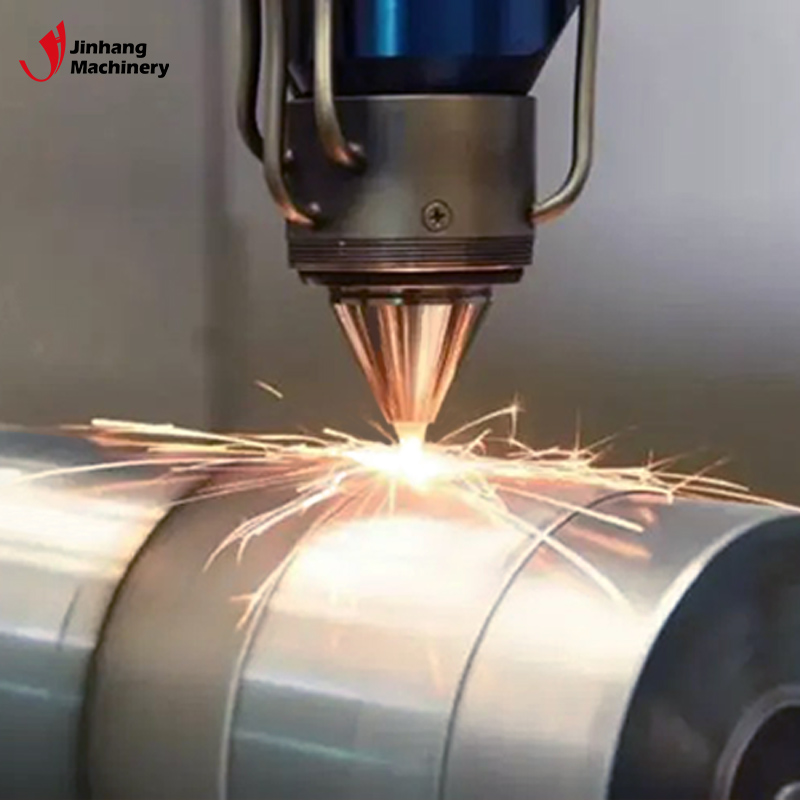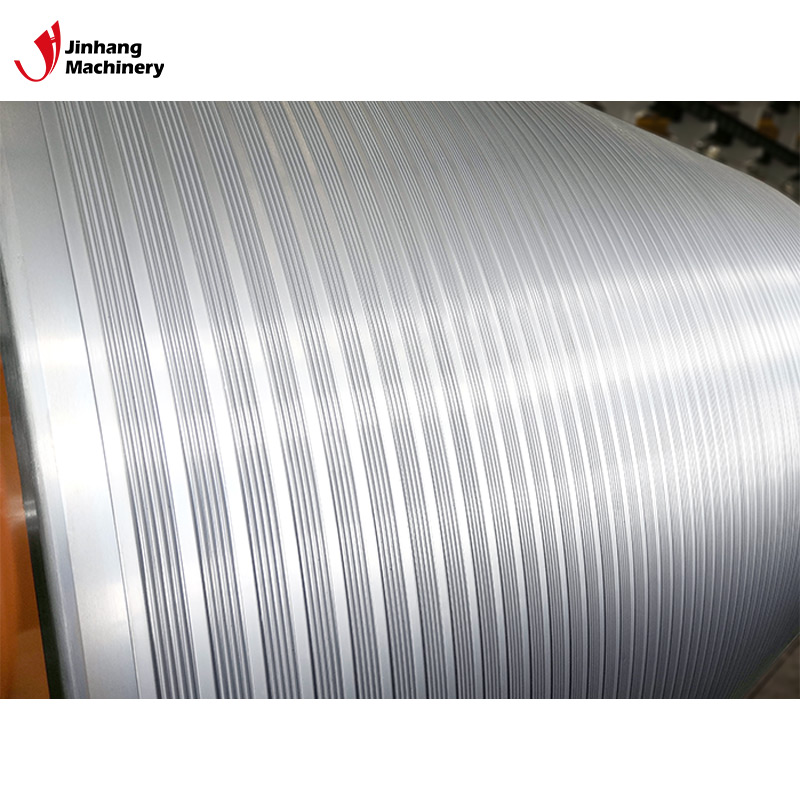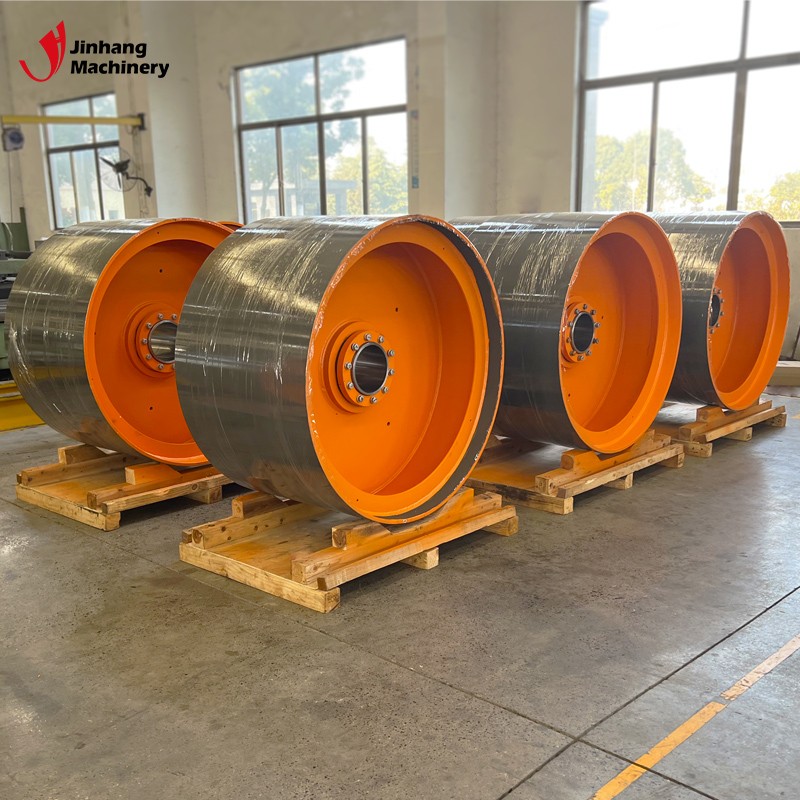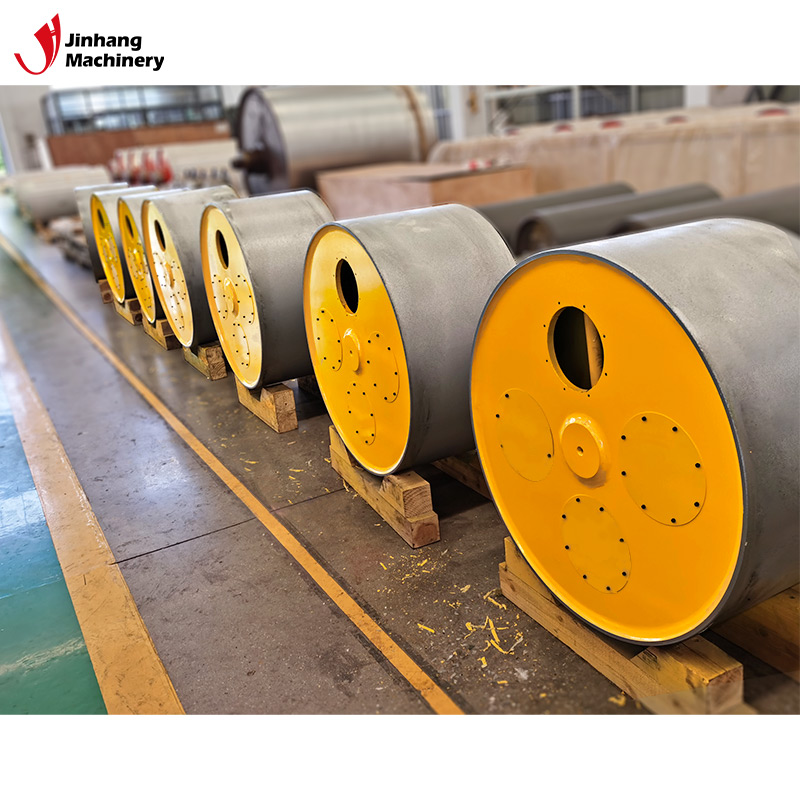What can scratch an industrial tungsten carbide coated roller?
Tungsten carbide coatings are a key protective material for industrial rollers. They are known for their excellent hardness and wear resistance and are widely used in heavy industry, steel manufacturing, paper production, glass processing and other fields. Tungsten carbide coated rollers can maintain long-term stable performance under harsh working conditions, especially in extreme environments such as high friction, high pressure, and chemical erosion. However, despite the extremely high hardness and wear resistance of tungsten carbide coatings, they can still be scratched or damaged in certain specific situations.
This article will explore in detail what substances or factors can scratch tungsten carbide coatings and analyze the potential impact of these factors on industrial production.

What is the hardness and wear resistance of tungsten carbide coatings?
Before discussing what can scratch tungsten carbide coated rollers, it is necessary to first understand the hardness of tungsten carbide. Tungsten carbide is a very hard material with a Mohs hardness of between 8.5 and 9, close to the hardness of natural diamond (10). This makes tungsten carbide coatings very strong in the face of most common wear and corrosion environments.
However, even such a hard material is not completely indestructible. Factors that affect the performance of tungsten carbide coatings include mechanical stress, physical impact, chemical corrosion, etc. Some materials or working conditions that are harder than tungsten carbide or have specific properties may damage it.
What can scratch industrial tungsten carbide coating rollers?
Diamond-like materials
Due to the Mohs hardness of diamonds being 10, which is a cut higher than tungsten carbide, diamond-like materials can easily scratch tungsten carbide coatings. In some high-precision manufacturing processes, diamond tools are used as tools for cutting and processing materials. If the tungsten carbide coating roller comes into contact with the diamond tool during these processes, even a brief friction or impact may leave scratches on the surface.
In addition, in the ore processing industry, some minerals or stones containing high-hardness diamond particles may also cause damage when in contact with the tungsten carbide coating roller.
Silicon carbide (SiC) and cubic boron nitride (CBN)
Silicon carbide and cubic boron nitride are the second-hardest materials after diamond, with Mohs hardness of 9.5 and 9 respectively. They are widely used in industrial cutting and grinding tools, especially in processes that require machining hard metals and other wear-resistant materials.
If the tungsten carbide coating roller comes into contact with silicon carbide or cubic boron nitride during operation, especially under high pressure and high friction conditions, these superhard materials may scratch or wear the coating. Even a small amount of fine particles mixed in the production line may cause long-term wear problems.
Mechanical friction under high stress
Although tungsten carbide coatings have extremely high wear resistance, under extremely high mechanical stress, especially under overload operation and high-speed friction, the coating surface may gradually wear and even scratch due to long-term fatigue. Friction itself is an energy dissipation process. Under the action of ultra-high friction, tungsten carbide coatings may not be able to completely resist local damage.
For example, in high-pressure, high-speed mechanical environments such as steel rolling and heavy mineral processing, tungsten carbide coating rollers may be scratched due to continuous high-stress friction. In addition, over time, the surface of the tungsten carbide coating may develop fine cracks due to friction, which may lead to surface scratches and peeling.
Foreign particles (such as grit, metal fragments)
In industrial production environments, foreign particles such as grit, metal fragments, etc. may be mixed into the production line. Although these particles may not have a higher hardness than tungsten carbide, they may still cause scratches if they come into contact with the tungsten carbide coating roller under high-pressure or high-speed friction conditions.
For example, in the metal processing industry, small metal chips or cutting particles may be embedded in the surface of the machine. If these metal particles are pressed into the surface of the tungsten carbide coating roller, as the roller rotates and the material is transported, it is very likely to form wear tracks or scratches on the coating surface.
Chemical corrosion and corrosive media
Although tungsten carbide coatings have good corrosion resistance, in some extremely corrosive chemicals or high temperature environments, the coating may react chemically, causing the surface to gradually lose its protective ability. In this case, the surface of the coating becomes fragile and more susceptible to mechanical scratches.
For example, the corrosion resistance of tungsten carbide coatings may be weakened when exposed to high temperature acidic or alkaline environments for a long time. The penetration of chemical media may cause the internal structure of the coating to loosen, making the roller more susceptible to mechanical stress during daily operation, resulting in scratches or partial detachment.
Thermal fatigue caused by temperature changes
Tungsten carbide coating rollers have excellent performance in high temperature environments, but if they are exposed to extreme temperature fluctuations for a long time (such as alternating cooling and heating cycles), the coating may experience thermal fatigue and changes in the surface microstructure. This thermal fatigue causes microcracks on the coating surface, which reduces its wear resistance and makes it more susceptible to scratches in subsequent mechanical operations.
Especially in high-temperature production industries such as steel and glass, industrial rollers need to operate at extremely high temperatures. If the temperature changes too quickly or fluctuates violently, the thermal stability of the tungsten carbide coating will be challenged. Once microcracks are formed, external forces or friction can further deepen the damage.

What are the consequences of scratching the tungsten carbide coating roller?
Once the surface of the tungsten carbide coating roller is scratched, the problems that follow are not limited to surface damage, but may further affect the entire production process and equipment life.
Material quality degradation
Industrial rollers usually play important roles such as transportation, coating, and calendering on the production line. Once the surface is scratched, the originally smooth roller may have uneven pressure distribution, which in turn leads to material surface defects such as uneven coating, dents, scratches, etc., which seriously affect the quality and consistency of the product.
Equipment performance degradation
Once the tungsten carbide coating roller is scratched, the overall wear resistance and corrosion resistance of the roller will also decrease. This will aggravate the wear of the roller, shorten the service life of the equipment, and increase the frequency of maintenance and replacement. In the long run, the operating cost of the production line will increase significantly, and the production efficiency and benefits of the enterprise will be seriously affected.
Reduced production efficiency
Scratches will not only directly lead to a decline in the performance of the tungsten carbide coating roller, but also increase equipment downtime because it needs to be repaired or replaced. Once the production line is shut down, the losses faced by the enterprise are often huge. Especially in the heavy industry field with high-intensity operation, any downtime will cause significant economic losses.

How to prevent the scratching of the tungsten carbide coating roller?
Although the tungsten carbide coating roller is very wear-resistant and corrosion-resistant, in order to avoid scratches and damage, enterprises still need to take some preventive measures to ensure the long-term stability of the coating and the efficient operation of the production equipment.
Regular cleaning and maintenance
In industrial production, timely cleaning and maintenance of the surface of industrial rollers are crucial. By regularly removing foreign particles, metal fragments, etc., these hard particles are prevented from wearing on the roller surface. In addition, during the maintenance process, the coating needs to be carefully checked for tiny cracks or scratches, and minor damage should be repaired in time to prevent it from further expansion.
Control the impurity content of the production environment
During the production process, minimize impurities and foreign matter in the production environment. For example, in metalworking shops, it is important to ensure that cutting particles do not remain in the production line to prevent these particles from causing wear when the rollers are in operation.
Optimize temperature control
In high-temperature production industries, avoiding extreme temperature changes can effectively prevent thermal fatigue of tungsten carbide coated rollers. Transitions should be smooth during heating and cooling to minimize the impact of temperature fluctuations on the coating.

JH Machinery has been a pioneer in the industrial roll manufacturing sector since 2001. Our ISO9001-certified factory in China produces high-quality rolls such as chrome-plated rolls, tungsten carbide coating rollers, and polyurethane rolls. Serving industries including packaging, automotive, and lithium batteries, we offer fully customized solutions tailored to your unique requirements. Take advantage of our bulk discounts, competitive pricing, and reliable after-sales support. Buy from JH Machinery to ensure precision and durability in every roll.
